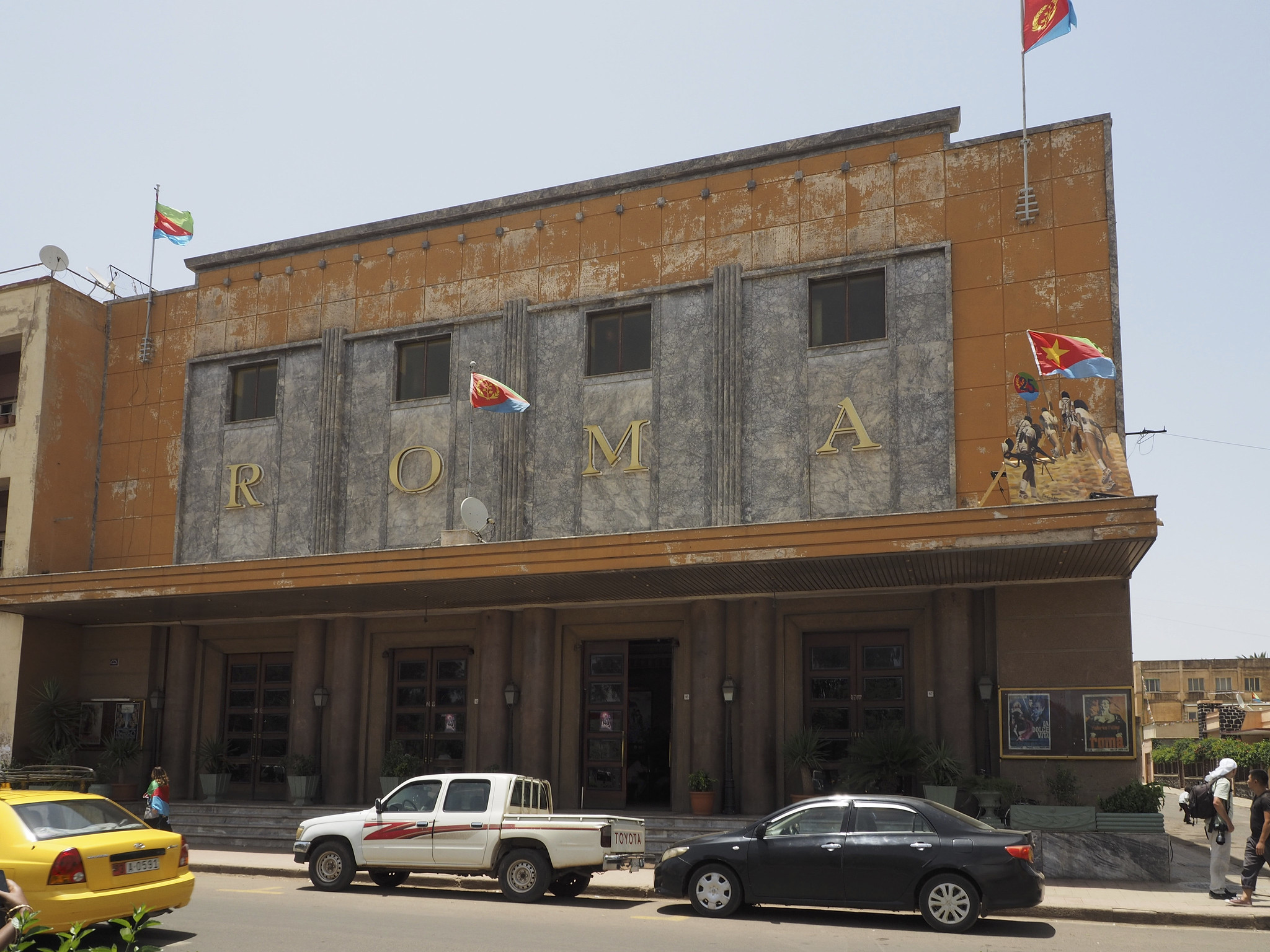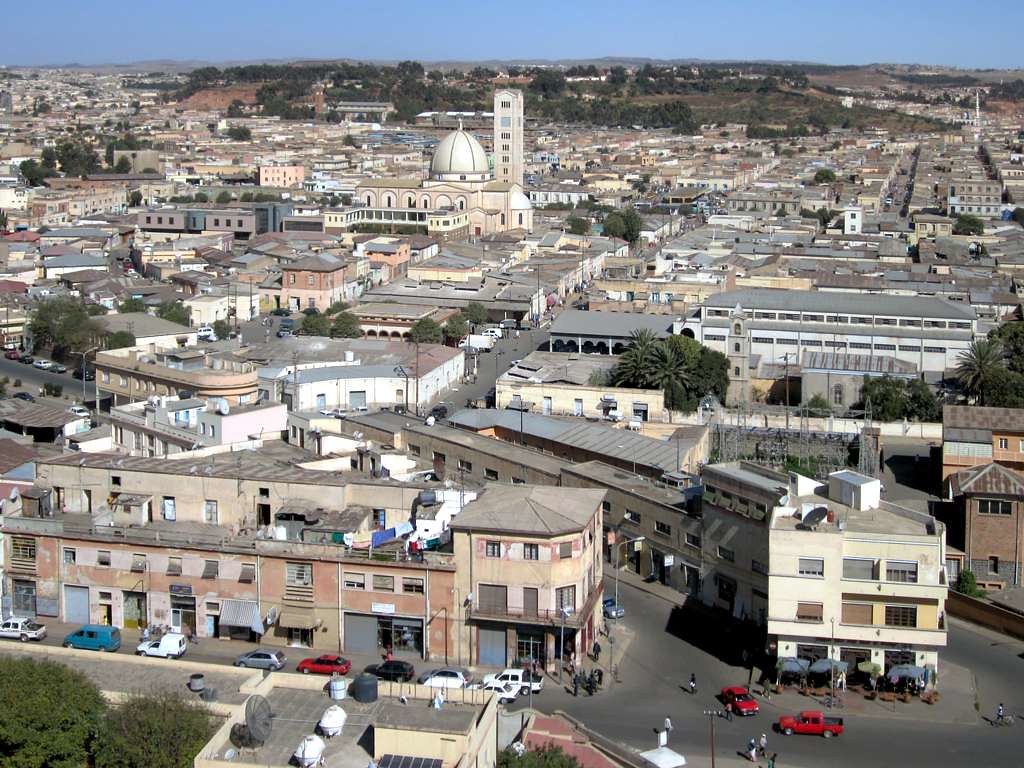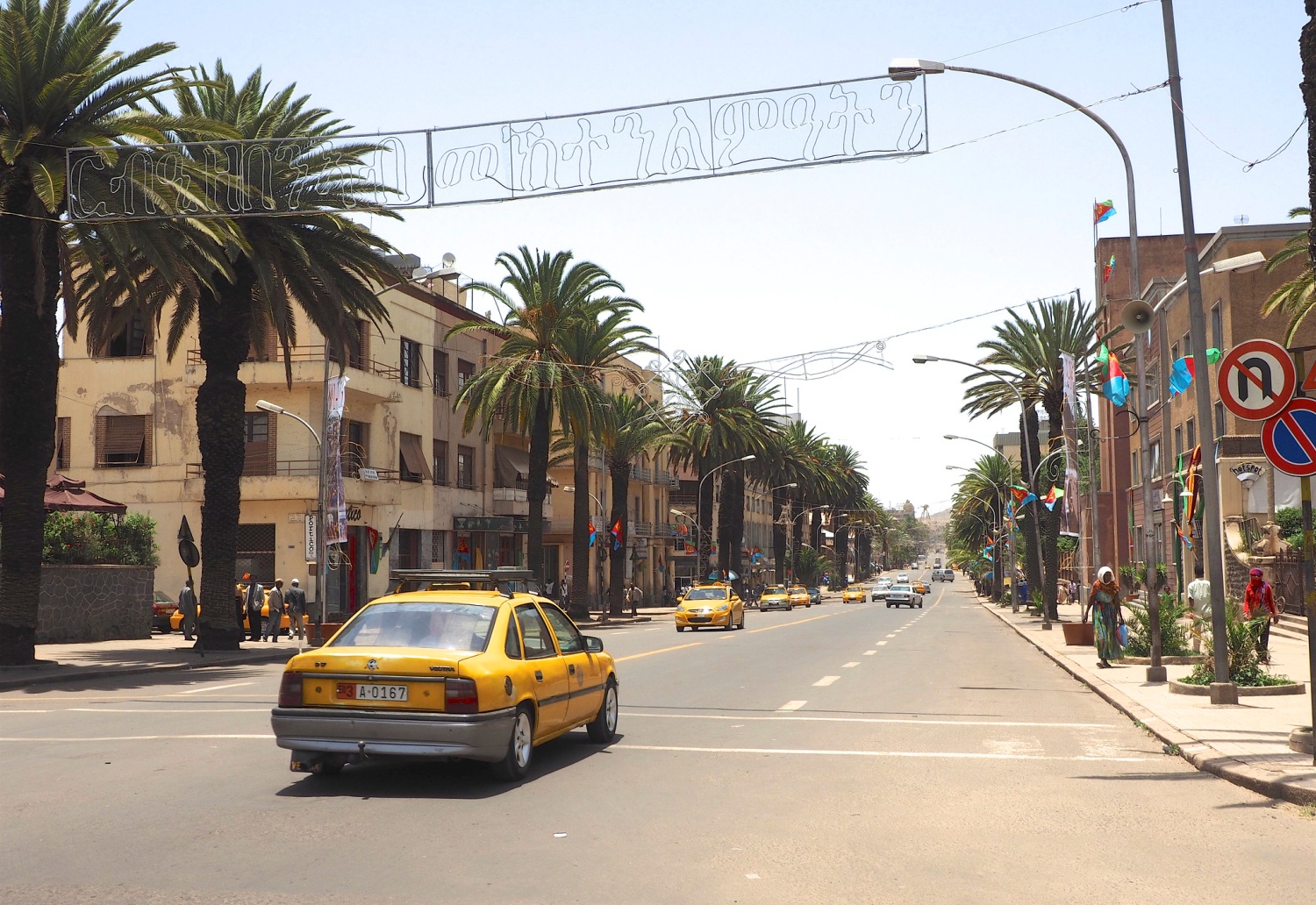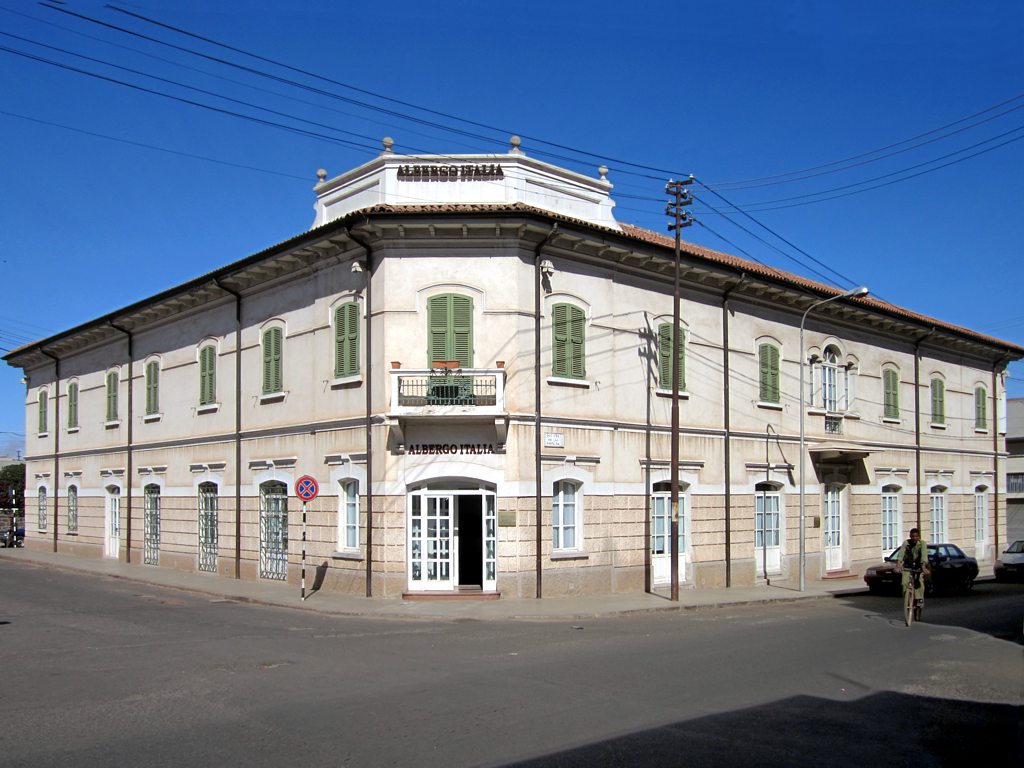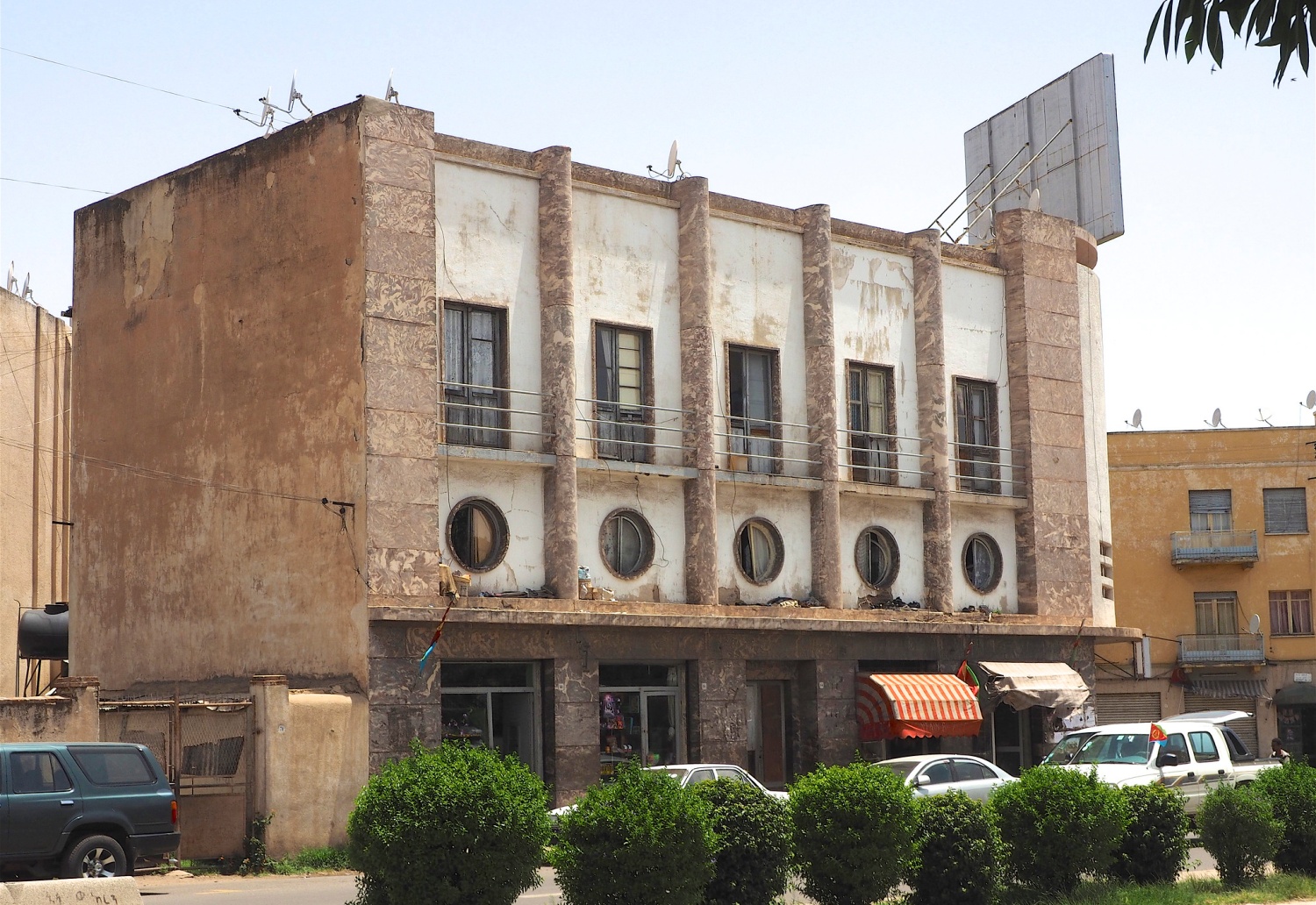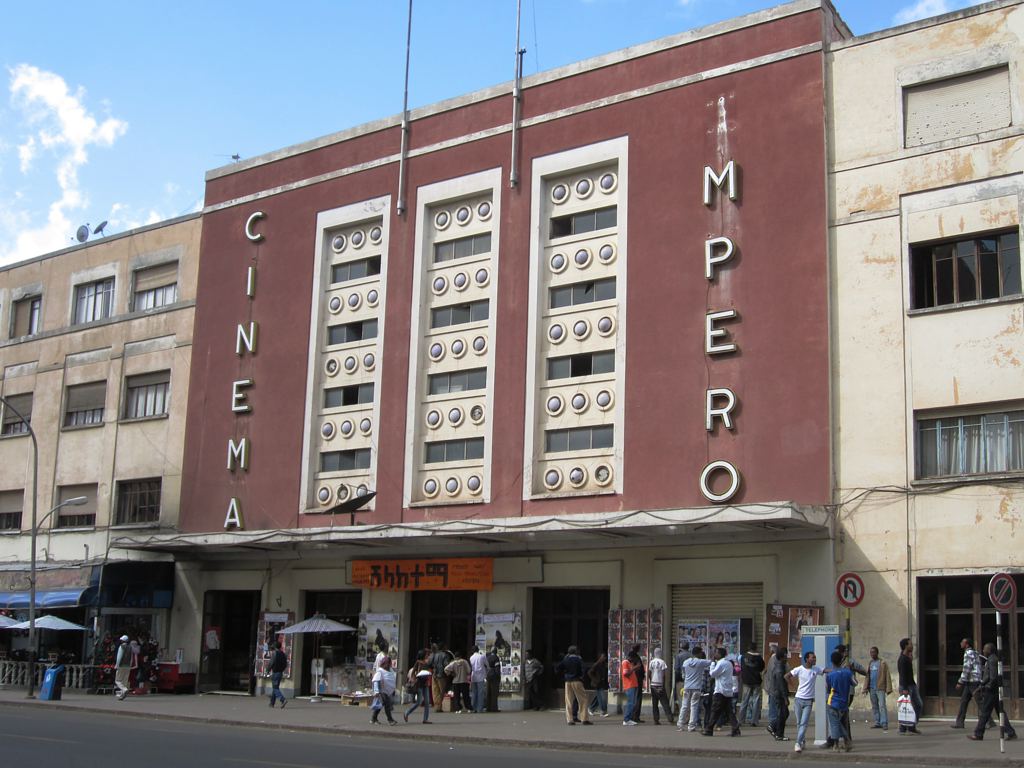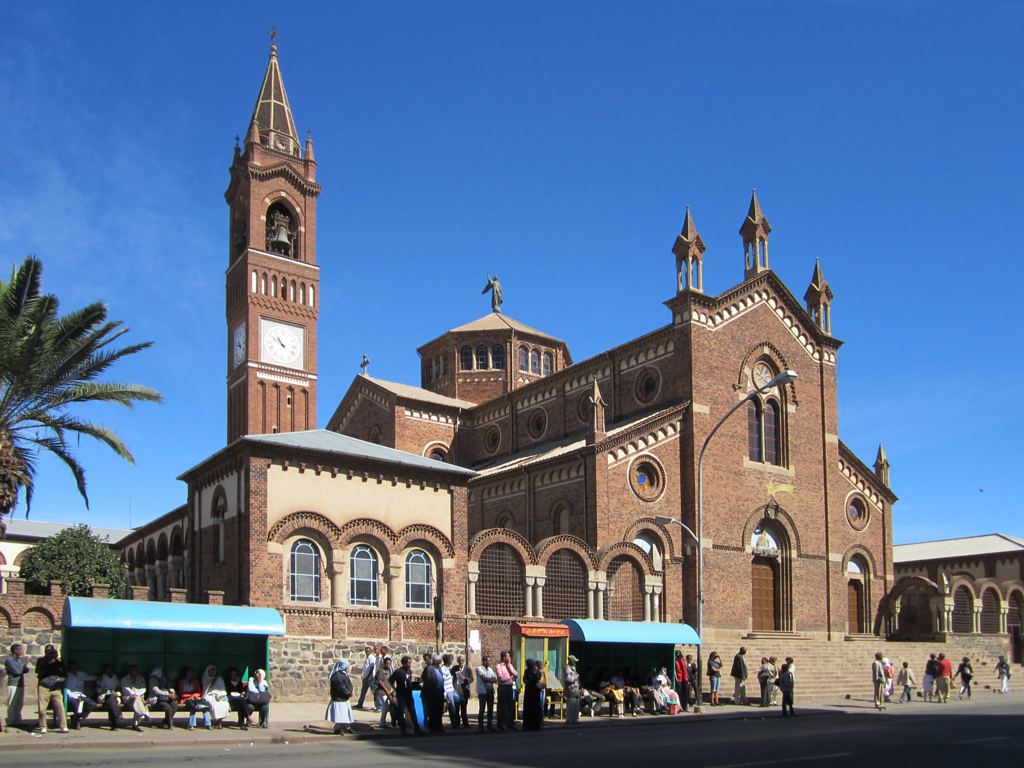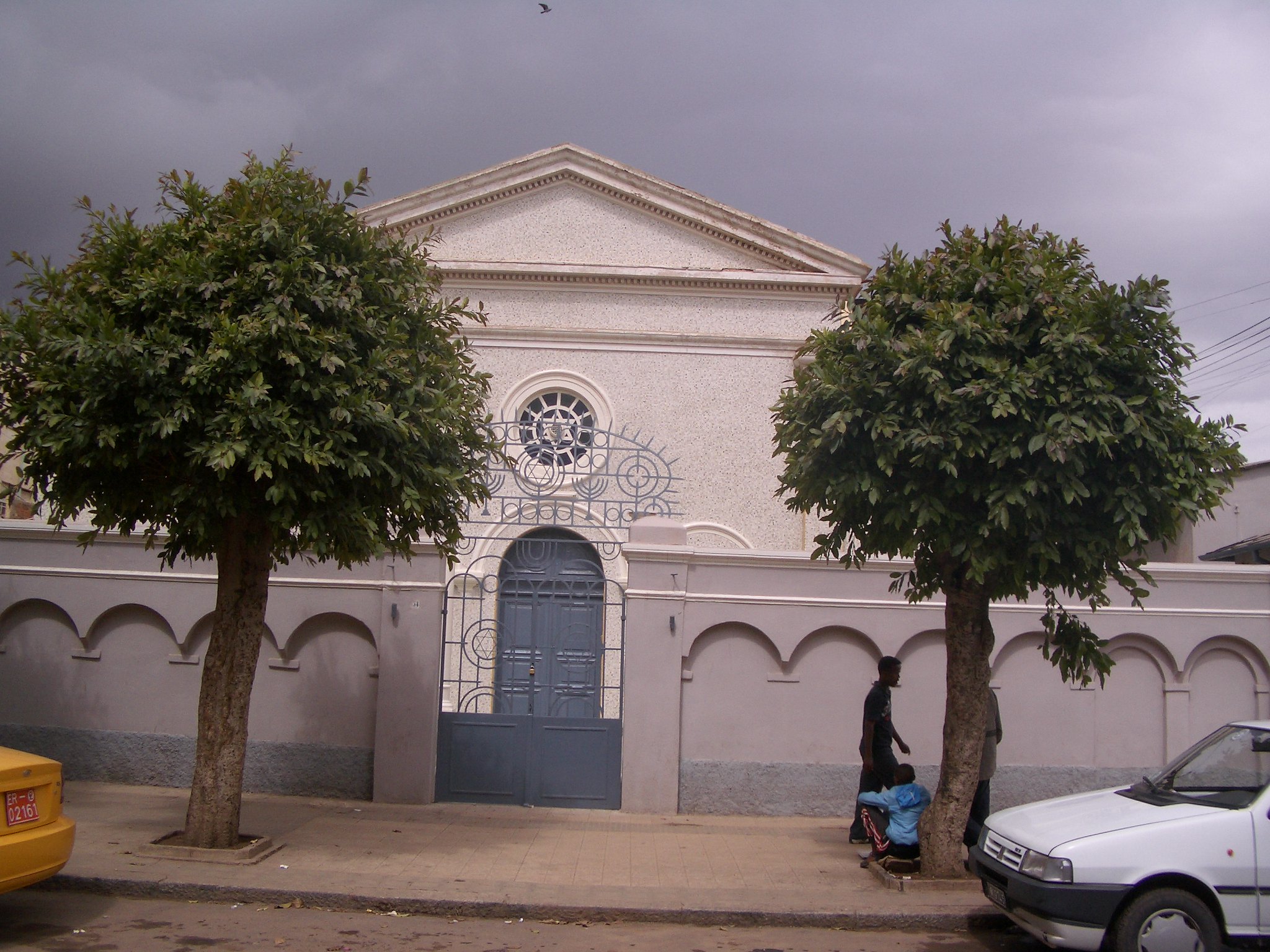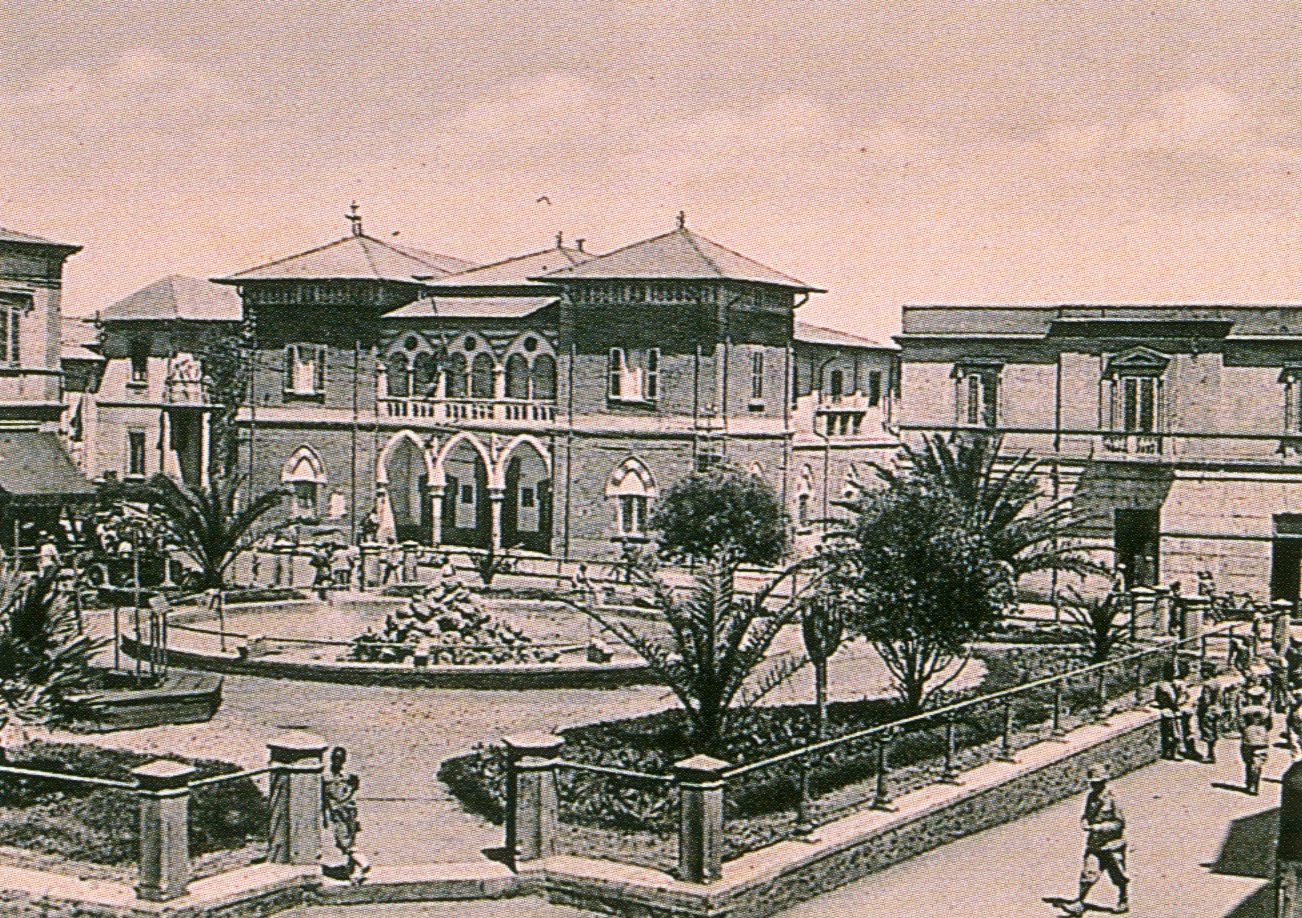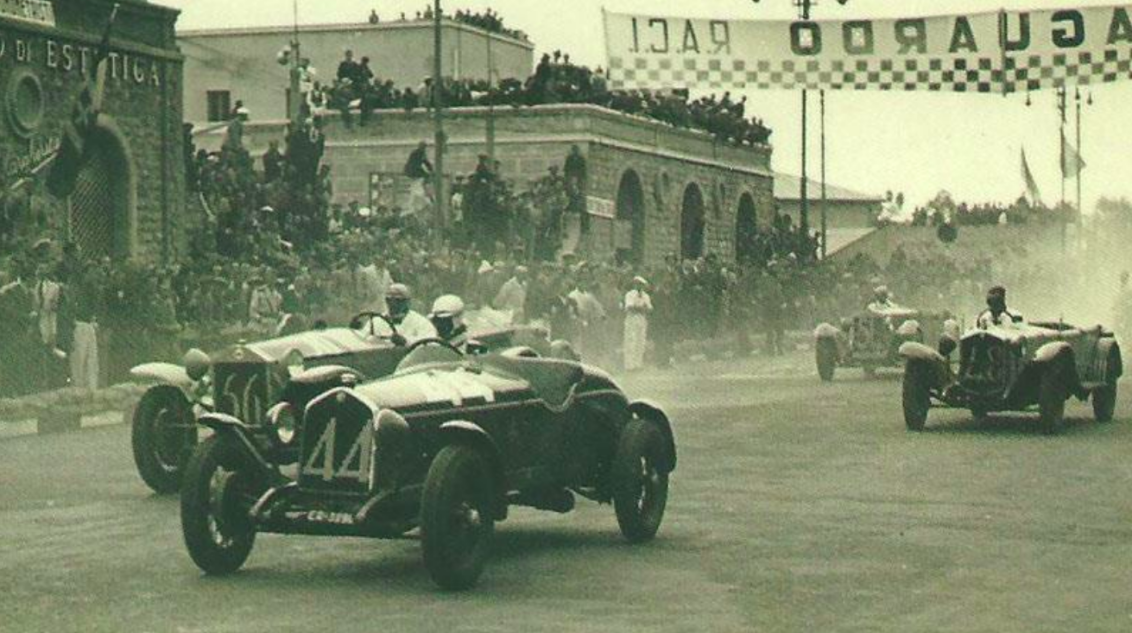The Italian town of Asmara is tucked away in the heart of Eritrea. In fact, we are talking about the capital of this African country. A capital that was once the centre of the Italian colonial empire in this part of the continent. The Italians left behind many impressive modernist buildings. Today, Eritrea’s borders are closed and the totalitarian regime has effectively shut itself off from the world.
Asmara is located in the heart of Eritrea, at an altitude of 2340m. Before the arrival of the Italians, it was an old Ethiopian town. Asmara’s former buildings resembled more a village than a city. Italian colonisers arrived in Asmara in 1885 and initiated rapid development. The railway began to be built and the small town slowly became an important stop on the route. The town’s buildings underwent a radical change in the 1930s. Mussolini’s fascist rule actively encouraged Italians to move to Eritrea. The campaign was successful, and by 1939, Asmara, with a population of 98,000, was home to more than 53,000 Italians. The construction of modernist townhouses, villas, cinemas and infrastructure quickly began.
Of particular note is the Fiat Tagliero building. Designed by an Italian architect, this petrol station and vehicle inspection station is a pearl of futurism in Eritrea. The building consists of a tall tower that housed the shop and winged distributor canopies. The station is meant to resemble an aeroplane, so architect Giuseppe Pettazzi designed the roof to look like wings without supports.
The city is full of interesting buildings. There are modernist cinemas and cafés. There is a wide variety of modernist style. The Impero cinema, for example, is characterised by Art Deco, while other cinemas have Futurism and Modernism. A large neo-Romanesque church was also built in the city. The building looks like it was taken straight out of Lombardy. Italian and Ethiopian Jews established the only synagogue in the country. In addition, the largest mosque in the country was built. The cultural sphere was also developed in the city. A theatre and museums were established, and Asmara became a key point in the Christmas car rally through the Italian colonies.
“Little Rome”
Mussolini referred to Asmara as “Little Rome”. The Duce sent hundreds of architects and engineers to Asmara to create a modern utopia. An orderly and functional city was built. The Italians introduced a consistent order of buildings and… a consistent segregation of inhabitants. It is true that rigour was only tightened during the war, but the level of racism, oppression and segregation in Eritrea was one of the highest in the world. Indigenous people were not allowed to walk the main streets, and arrests and unfounded sentences became a daily occurrence. The few Jews who had come to Asmara only a few decades earlier also fell victim to the fascists. It is worth noting that Italian fascism was not initially an anti-Semitic ideology, and that the hatred of Jews was born after Mussolini’s closer contacts with Hitler. Therefore, such strong oppression fell suddenly on the inhabitants of the Italian colonies.
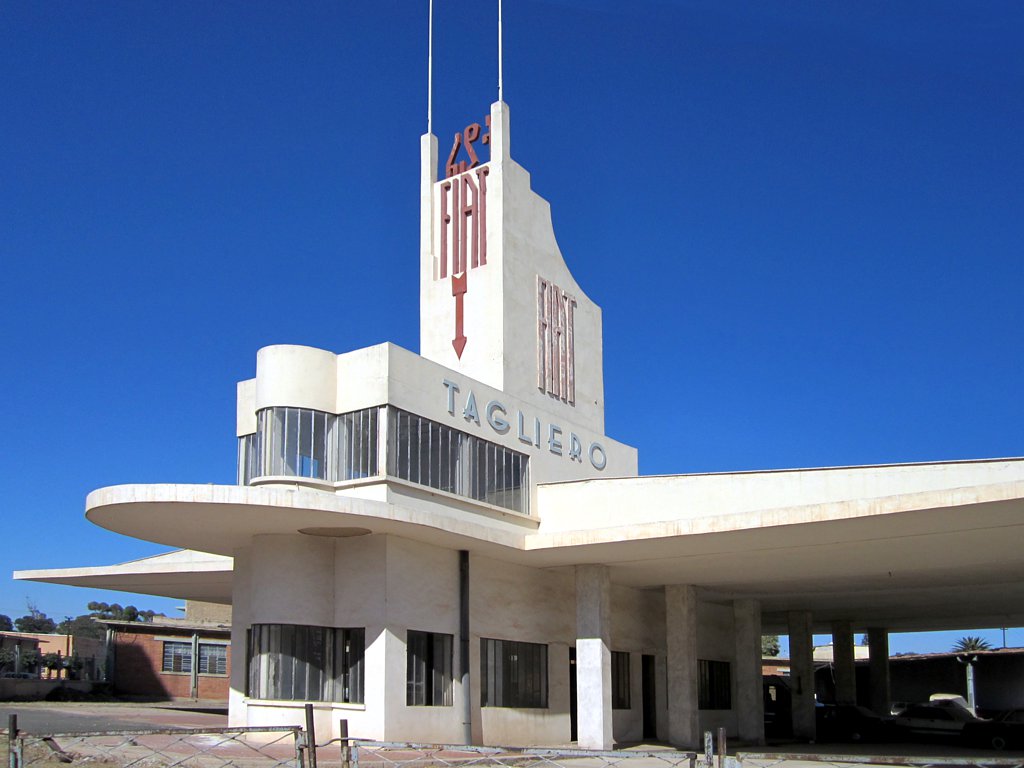
For a better understanding of the Italian history of Asmara, it is necessary to look at the brief history of the Italian colonies. Italians and Germans were late to the colonial race. Both countries went through their own unification processes only in the second half of the nineteenth century. However, Germany, thanks to its diplomacy and military-economic strength, quickly began to catch up with the European powers in Africa. The Italians began to establish their spheres of influence in the north of the continent, but without much success. With difficulty, they managed to seize Libya, Somalia and just Eritrea. The plan for East Africa concerned the conquest of Ethiopia. Italy’s defeat in this operation humiliated the country for years to come. In the end, Ethiopia was conquered, but only under Mussolini, in 1936. This is how Italian East Africa was created, which disintegrated after the Second World War.
Italy in lockdown
The post-war fate of the people of Asmara was not very colourful. Eritrea became part of Ethiopia. Later, as a result of devastating wars, it gained independence. The dictatorship of successive leaders increasingly plunged the country. Today, Eritrea is a totalitarian and closed state. The inhabitants are treated in an inhumane manner and the foreign press often refers to Eritrea as ‘North Korea in Africa’. However, despite the city’s turbulent history, its buildings have survived in very good condition. The targets of oppression were the people, not the buildings. This is why the Italian city remains a relic of a bygone era, trapped in Africa.
Even now, it does not have the crowding that prevails in many African cities. The character of ‘Little Rome’ is still present. Asmara’s cultural heritage was inscribed on the UNESCO World Heritage List in 2017. It is the only Eritrean site on this list. The state, in cooperation with the European Union, is trying to restore the deteriorating buildings, despite the fragile economic situation.
Source: The Guardian
Also read: Architecture | Interesting facts | City | Modernism | Italy | Africa | whiteMAD on Instagram

